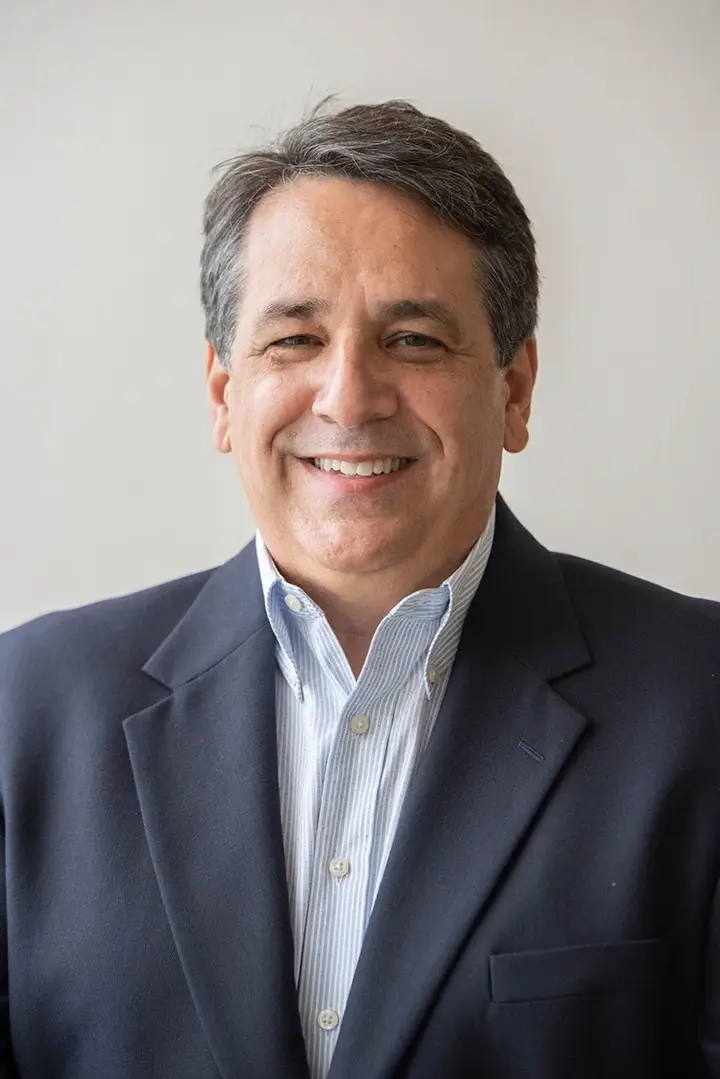Steve wasn’t wearing a seatbelt. Two of the discs in the cervical region of his spinal cord were shattered. His skull, smashed against the car’s door jam. Steve left the intensive care unit at Christiana Hospital as a tetraplegic, with complete or partial paralysis in all four limbs.
It all happened on Feb. 18, 2001 as he headed home from his relatives house in southeastern Pennsylvania, south on Limestone Road toward Pike Creek. It was just before 4:30 a.m. as he drifted off to sleep and off the road, striking head on into a utility pole causing several power outages in the area.
No one could have predicted what was to happen that night, but Steve’s injuries could have been much worse. Presently he has some strength in his arms, hands and fingers. He can even drive, although in a specialized 2002 Dodge Caravan. Within the 8 months following the accident, he was back at work in Delaware. Steve was a senior motor vehicles technician at the Department of Motor Vehicles in New Castle.
Steve made strides in his progress following the accident, but soon Steve, now 37, may be able to do even more.
At the Hosptial de Egas Moniz in Lisbon, Portugal, Yaros underwent an olfactory mucosa autograph – a type of stem cell surgery. Cell tissue was extracted from the uppermost part of Steve’s nasal cavity and transplanted into his spinal cord. Researchers believe that the transplanted stem cells in this procedure can help repair a damaged spinal cord.
“It seems like these cells have the same potential in terms of forming a variety of cell types, just like embryonic stem cells,” said Jean, an associate professor at Wayne State University Medical School in Detroit.
The operation is not approved by the U.S. Food and Drug Administration, thus facilitating the need for Americans to go outside the country for treatment. At a cost of almost $45,000, 40 individuals from the United States and more than 80 worldwide have undergone the procedure.
Steve would love to be able to walk again, but he has stated that even minor improvement would be worth it. For example, his grip has been so weak that it is difficult for him to get him cash withdrawal card out of the ATM machine.
“I can’t even tear a piece of paper,” he said before leaving for Portugal.
He learned about the stem cell procedure last year from a friend. A few months ago, he flew to the Rehabilitation Institute of Michigan in Detroit, where a doctor evaluated his X-rays, his physical abilities and his mental health to determine if he qualified for the surgery.
“We give people the pros and the cons,” said Cheryl, a spokeswoman for the institute. However, “we don’t endorse it,” Cheryl also stated.
Since Steve was under 40 and it had been less than 6 years after the accident Steve was a candidate for the surgery. Also helping was the fact that the length of his injury was only 1 centimeter.
“As soon as he found out that he could go, we started raising the money,” Steve’s boss Marion said. “Anybody who knew him donated things or money because we all love him.”
He credits his parents, John and Ruth, and his brother Mark for taking care of his nursing needs since the accident. He’s also appreciative to his employer and his co-workers. Steve can park his minivan in a handicap-accessible space that was created for him. A fund-raising effort — Friends of Steve — spearheaded by his boss Marion, helped raise $39,000 for the operation. (His family covered the remaining costs). The Friends of Steve effort will carry on over the next year to help raise money for therapy costs and equipment.
Steve will return to the United States a week from today, where he’ll begin rehabilitation. To him, the trip and the surgery are worth the risks.
“If I didn’t do this,” he says, “I’d regret it.”

